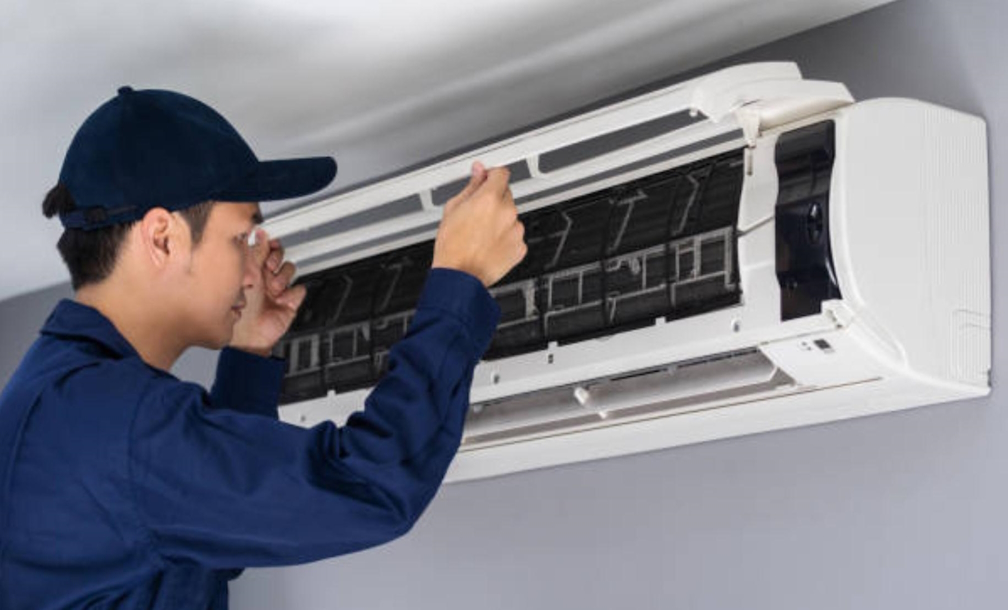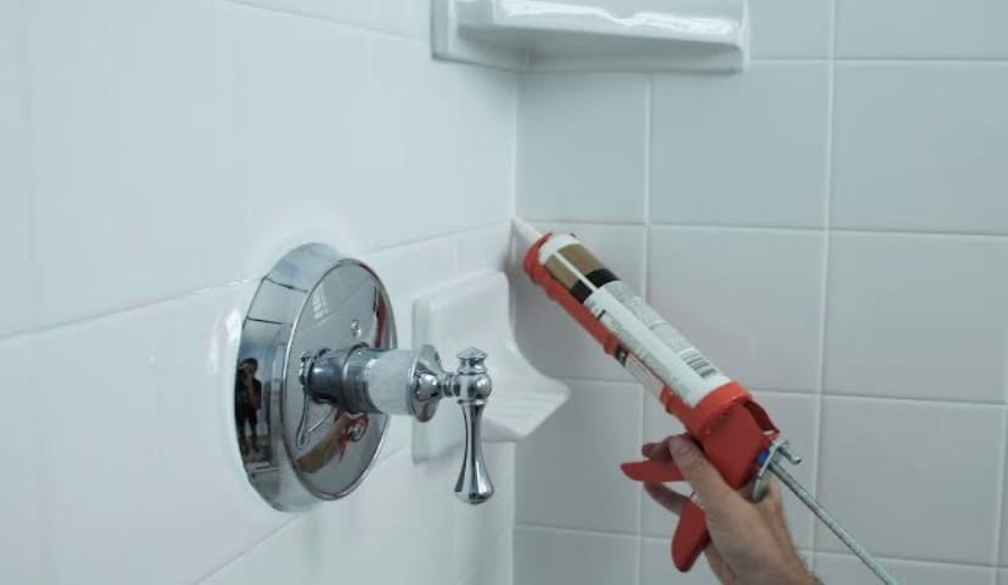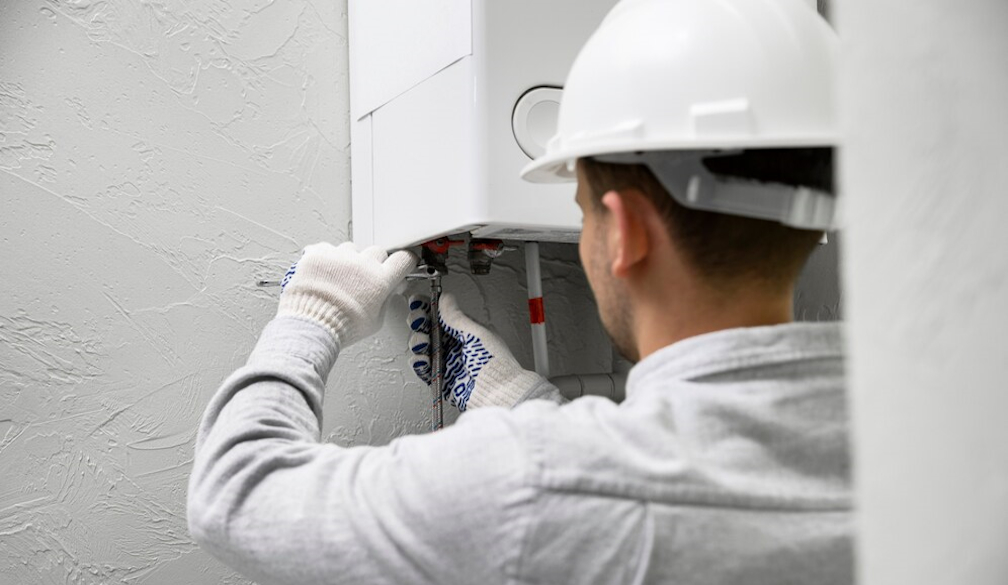Keep it Clean: How to Maintain a Saltwater Pool
- Written by NewsServices.com

Many homeowners love saltwater pools because they do not have to buy chlorine anymore. This is because saltwater produces its own chlorine using a process known as electrolysis. Moreover, saltwater does not have any smelly chloramines, requires less maintenance and has softer water. Despite the many advantages that it has, it still needs to be properly maintained so you can enjoy using it throughout the different seasons of the year.
Daily tasks
You should remove dirt from your skimmers and empty pump baskets. Remove any debris that is floating on the surface of the water using the skimmer. When you carry out these daily tasks diligently, you will make the weekly and monthly cleanup exercises easier.
Weekly tasks
You should check the saltwater’s chlorine and PH level to ensure they are correct. You can do this using test kits or strips. The usual free chlorine level should be 1 to 3 ppm, while the PH should range from 7.2 to 7.6. If your chlorine level is wrong, you should adjust your generator. If the PH range is off, you can increase it by using baking soda or reduce it by using muriatic acid or sodium carbonate.
Monthly tasks
There are four important things you should check every month; alkalinity, salinity, calcium and stabiliser. The water’s salinity should range from 2700 to 4500 ppm. However, there might be slight differences based on different sizes and models of the water basin. Therefore, you should either consult your owner’s manual or use a salt metre to measure. Normal alkalinity levels should be between 80 and 120 ppm. You can increase the levels using baking soda or lower it using sodium carbonate. When it comes to stabilisers, the preferred one is cyanuric acid, which should range from 70 to 80 ppm. Finally, calcium should range from 200 to 400 ppm to prevent corrosion or scaling.
Every three months
You should open and inspect your salt water cell after every three months to check whether there are any deposits or scale buildup. If you find deposits, use a high-pressure hose to flush them off. Use a mild acid wash to completely get rid of the deposits.
A swimming pool cleaner should ensure he or she carries out four main tasks; sanitation, circulation and filtration, monitoring water balance and doing practical maintenance. In sanitation, you will kill microorganisms and ensure your salt chlorination system is operating efficiently. In circulation and filtration, you will remove debris, sediments and other impurities. You will also ensure the filter and pump is operating efficiently. You must also monitor the water balance, protect the surfaces and equipment. Last but not least, you should carry out other maintenance tasks such as keeping all corners of the compound and water basin clean.









